Murder! (1930) Online

The police find the actress, Diana Baring, near the body of her friend. All the circumstantial proofs seems to point to her and, at the end of the trial, she is condemned. Sir John Menier, a jury member, suspects Diana's boyfriend, who works as an acrobat wearing a dress.
| Cast overview, first billed only: | |||
| Herbert Marshall | - | Sir John Menier | |
| Norah Baring | - | Diana Baring | |
| Phyllis Konstam | - | Doucie Markham | |
| Edward Chapman | - | Ted Markham | |
| Miles Mander | - | Gordon Druce | |
| Esme Percy | - | Handel Fane | |
| Donald Calthrop | - | Ion Stewart | |
| Esme V. Chaplin | - | Prosecuting Counsel | |
| Amy Brandon Thomas | - | Defending Counsel (as Amy Brandon-Thomas) | |
| Joynson Powell | - | Judge | |
| S.J. Warmington | - | Bennett | |
| Marie Wright | - | Miss Mitcham | |
| Hannah Jones | - | Mrs. Didsome | |
| Una O'Connor | - | Mrs. Grogram | |
| R.E. Jeffrey | - | Foreman of the Jury |
This is the first movie where a person's thoughts are presented on the soundtrack of the movie.
The scene where Sir John thinks out loud in front of a mirror had to be filmed with a recording of the lines and a thirty piece orchestra hidden behind the set, as it was not possible to post-dub the soundtrack later.
A German version called Mary (1931) was filmed at the same time using German actors and actresses, but the same sets.
DIRECTOR CAMEO (Sir Alfred Hitchcock): About an hour into the movie, walking past the house where the murder was committed.
Theatrical movie debut of Esme Percy (Handel Fane).
The character of Sir John Menier (Herbert Marshall) was loosely based on Sir Alfred Hitchcock's friend, Gerald du Maurier. Hitchcock directed three movies adapted from novels by du Maurier's daughter Daphne Du Maurier: Jamaikos smukle (1939), Rebeka (1940), and Paukščiai (1963).
Ted Markham (Edward Chapman) claims that his wife Doucie Markham (Phyllis Konstam) can play Gladys Cooper parts. Sir Alfred Hitchcock cast Cooper as Beatrice Lacy in Rebeka (1940).
DIRECTOR CAMEO (Sir Alfred Hitchcock): (At around fifty-one minutes) When Sir John, Ted Markham, and his wife take their seats at the dining table. The camera dollies back too much, and near the left edge of the screen, Hitchcock is visible as he watches the unfolding scene.
This movie takes place from April to May 1930. The copy of "The Stage" industry newspaper noting that Edward Markham and Doucebelle Dean are "Disengaged" is dated April 21, 1930, and Sir John Menier's Home Office pass to enter H.M.P. Melhurst is dated May 17, 1930.
The British Board Of Film Censors certificate at the beginning of this movie states, "This is to certify that "Murder" (Synchronized) has been Passed for Public Exhibition to Adult Audiences" "A".
Miles Mander and Esme V. Chaplin are the only actors to appear in the German remake Mary (1931). Mander reprised his role as Gordon Druce, though the character's name was changed to Gordon Moore, while Esme V. Chaplin played the prosecuting counsel in both movies.
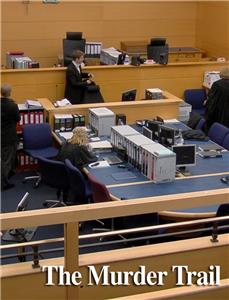


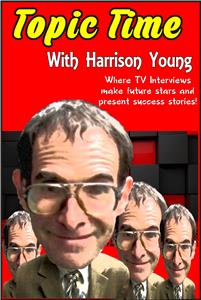
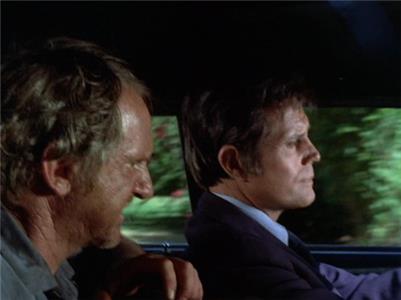

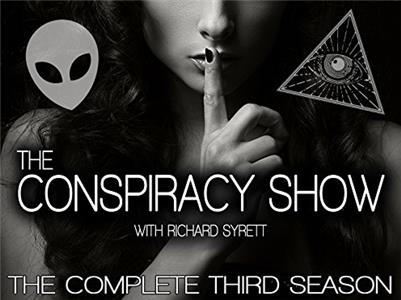
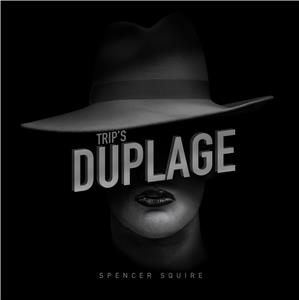
User reviews